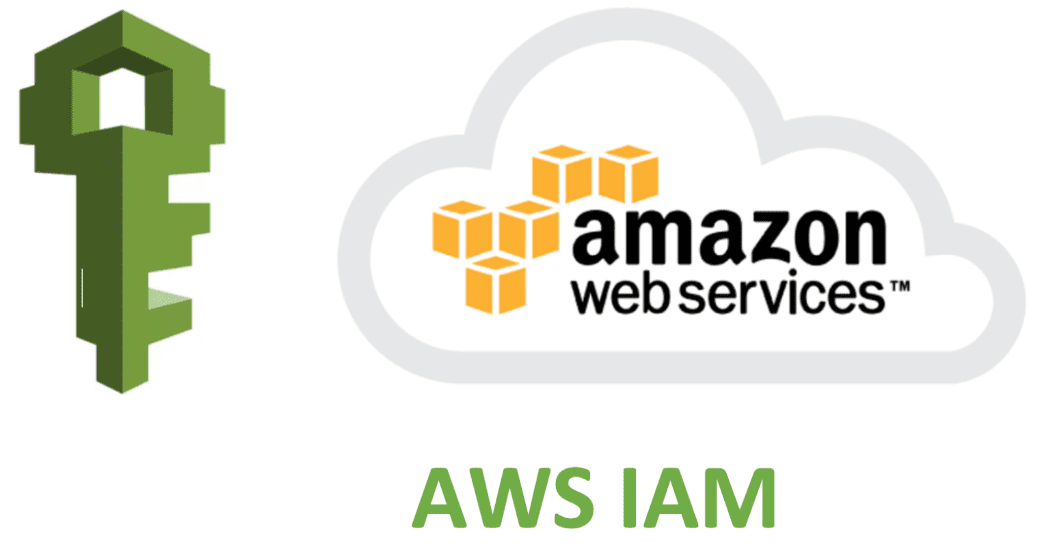🌍 AWS IAM: The Ultimate Guide to Secure Access Control!
 Apurva Gargote
Apurva Gargote
AWS IAM (Identity and Access Management) is like the security guard of AWS. It controls who can access your AWS resources and what they can do. Think of it as your cloud’s VIP access system! 🎟️
🏆 Key IAM Players
👤 IAM Users – The Individuals
Think of them as team members with their own AWS login.
They can have passwords or access keys to use AWS.
Best for: Developers, Admins, or any human users who need AWS access.
👥 IAM Groups – The Squads
A collection of users with the same permissions.
Instead of assigning permissions one by one, just assign them to a group!
Example: A DevOps Team group with access to EC2 & S3.
Helps keep permissions organized and scalable.
🎭 IAM Roles – The Shape-shifters
Unlike users, roles don’t have passwords.
They provide temporary access to AWS resources.
Useful for:
✅ AWS services (like EC2, Lambda) accessing resources securely.
✅ Cross-account access (sharing AWS resources safely).
✅ Automation without storing sensitive credentials.
📜 IAM Policies – The Rulebook
Policies are like permission slips 📜.
They define who can do what (e.g., "User A can read from S3").
Types of policies:
✅ AWS Managed Policies – Pre-made by AWS, easy to use.
✅ Customer Managed Policies – Custom policies for specific needs.
✅ Inline Policies – Directly attached to a user, group, or role (not reusable).
🔑 IAM Credentials – How Users Prove Their Identity
IAM credentials are what a user needs to log in and use AWS services. There are different types:
1️⃣ Password (For AWS Console Login)
Used to sign in to the AWS Management Console (the web interface).
Must be strong and protected with MFA (Multi-Factor Authentication).
2️⃣ Access Keys (For CLI & API Access)
A combination of Access Key ID and Secret Access Key.
Used by developers and applications to interact with AWS programmatically (CLI, SDKs, or APIs).
Example use case: Automating S3 uploads with AWS CLI.
NEVER hardcode these keys! Use AWS Secrets Manager or environment variables instead.
3️⃣ Temporary Security Credentials (For IAM Roles & STS)
Generated when using IAM Roles or AWS Security Token Service (STS).
Ideal for temporary access (e.g., an EC2 instance accessing an S3 bucket securely).
More secure than long-term access keys because they expire after a short time.
4️⃣ IAM Federation (SSO - Single Sign-On)
Allows users to log in with corporate credentials (Google, Microsoft, etc.).
Best for large organizations that want centralized login management.
🔐 Multi-Factor Authentication (MFA) – Extra Security
Think of it as a second lock on your door! 🔑
Requires a second verification step (OTP or Authenticator App).
Highly recommended for Admin accounts & sensitive users.
🏷️ IAM Access Analyzer – Find and Fix Issues
Scans your AWS environment for unintended access.
Alerts you to overly permissive policies.
Helps keep your AWS tight and secure!
🚀 IAM Best Practices (Stay Secure!)
✅ Give only the necessary access (Least Privilege Rule).
✅ Enable MFA – Always! Security first! 🔒
✅ Use IAM Roles instead of long-term credentials.
✅ Rotate Access Keys – No old keys lying around!
✅ Monitor with AWS CloudTrail – Know who did what.
✅ Review IAM policies regularly – Remove unnecessary permissions.
✅ Use IAM Conditions – Restrict access based on time, IP, or other factors.
🎯 Why Bother with IAM?
✔️ Prevents unauthorized access to your AWS resources.
✔️ Helps businesses follow security rules & compliance.
✔️ Gives the right access to the right people (no more "Oops, I deleted production" moments!).
✔️ Minimizes security risks by controlling permissions.
Subscribe to my newsletter
Read articles from Apurva Gargote directly inside your inbox. Subscribe to the newsletter, and don't miss out.
Written by

Apurva Gargote
Apurva Gargote
👨💻 Last-year student diving deep into DevOps, Cloud Engineering, and Infrastructure Automation. Passionate about building scalable, efficient, and secure systems. Let’s connect and build something amazing! 🚀